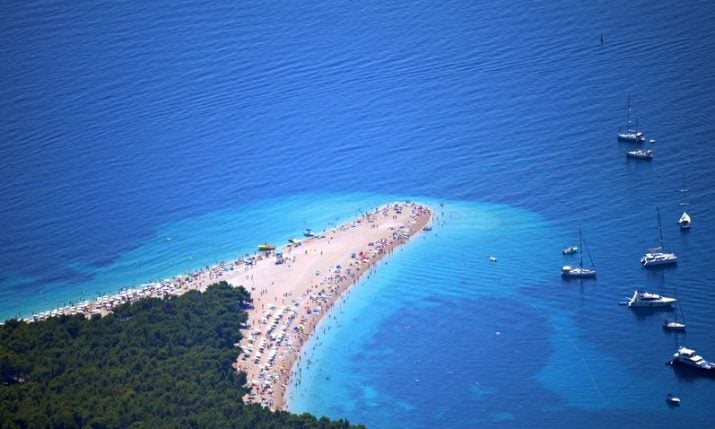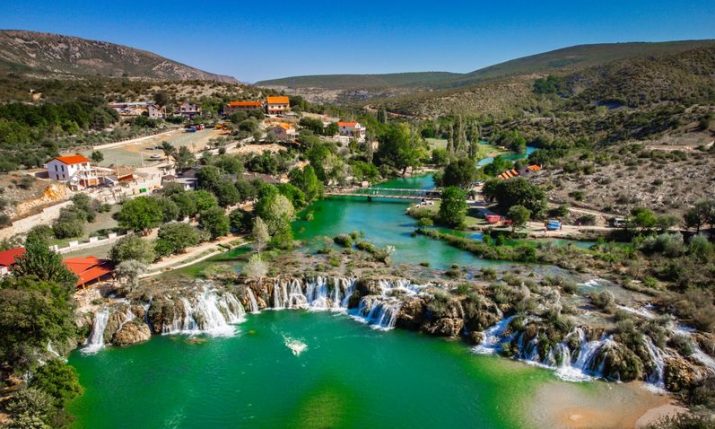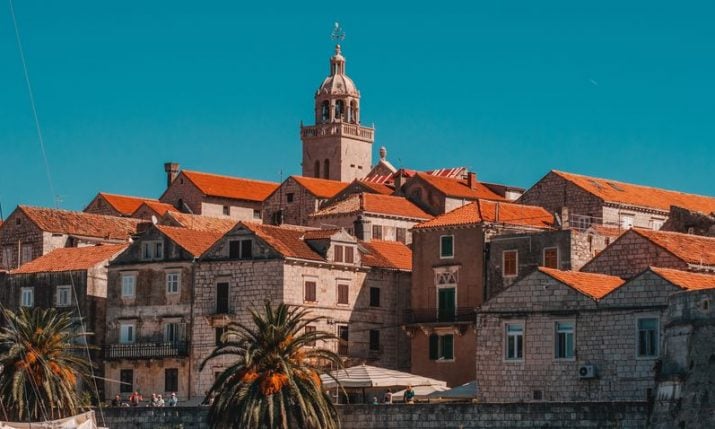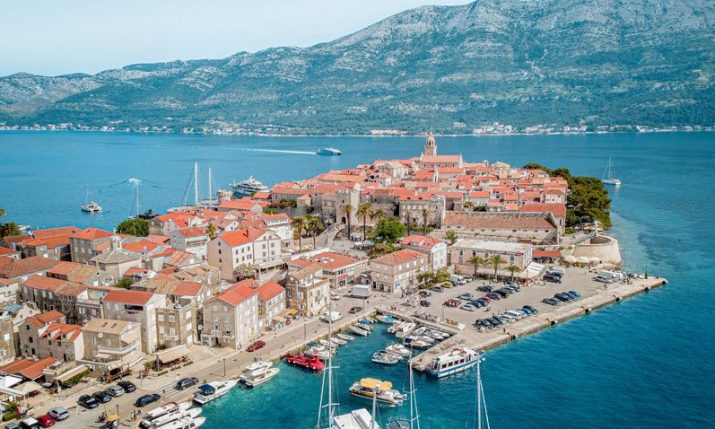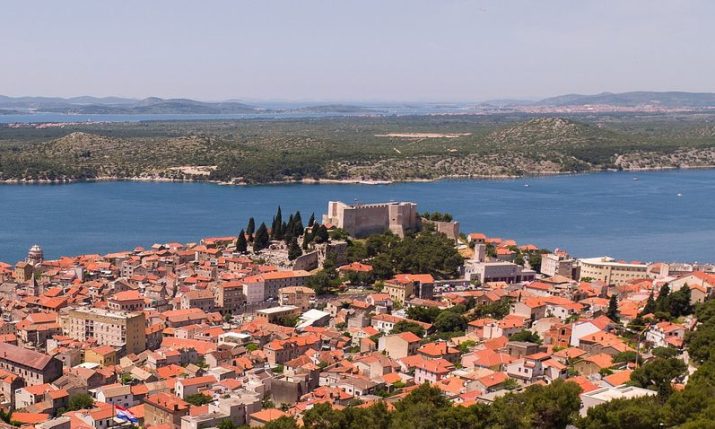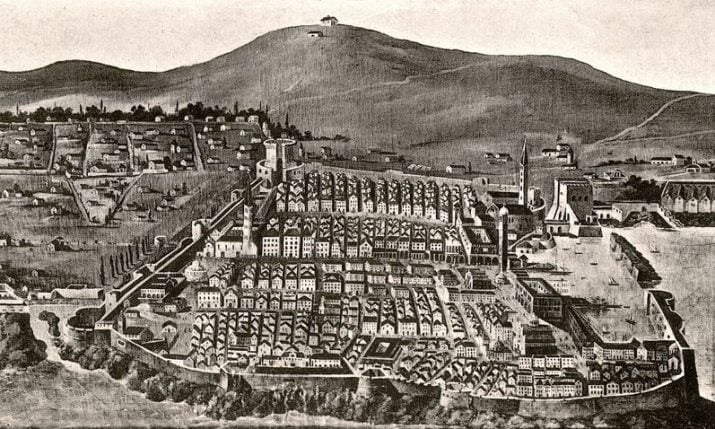6 Things No One Told You About Istrian Olive Oil
- by croatiaweek
- in Food & Wine
As stated by the Greek mythology tales, the olive-tree has been created in the following way: in her contest with Poseidon, god of the sea, Athena cast a drop of water on the cliff and immediately an olive-tree grew therein…
Throughout the past centuries Istria has been marked by the olive-tree, and here are 6 things no one told you about Istrian olive oil put together by the crew at Wine&More.
1. SYMBOL SINCE 50 AD
Did you know olives are a symbol of Istria since circa 50 AD? There are written proofs saying ancient Greeks and Romans were delighted with the quality of Istrian olive oil. Moreover, Istrian olive oil served as a benchmark for olive oils at the time. It’s no wonder Istria abounds in historic olive oil mills (toklarija in Istrian dialect).
Some of them are actually still in a pretty good shape and are turned into restaurants.
2. PROCESS
Let us walk you through the olive oil production process. First you clean the olives, and then you crush them in a paste and mix for around half an hour with a mechanical mixer in order for oil droplets to start forming which results in olive oil extraction. Finally, you separate the olive oil from the wet olive paste. Once you have your olive oil, it’s time to classify it into extra virgin olive oil (EVVO), virgin olive oil, olive oil and sansa oil. EVVO contains no more than 0,8 and no less than 0,2 of unsaturated fatty acids. Istrian olive oils are known for their extra virgin quality and high percentage of polyphenols that act as antioxidants.
3. LOCATION, LOCATION
Today olive oil production in all of Croatia, and Istria especially, is once again in full swing. It turns out that geographical position of Istria, soil composition and microclimate is indeed very favourable for growing olives. However, it seems that we kind of lost our mojo. The struggle is real since Croatia nowadays is not perceived as olive oil superpower. Slowly but surely, Istria is rebuilding its reputation.
4. INDIGENOUS VARIETIES
It turns out that somewhat cooler climate like the one in Istria generally does well to olives. Oils from these geographical locations are more aromatic and healthier as they have high levels of unsaturated fatty acids and antioxidants. To prove we are truly an “old world” regarding olive oil; let us name a few of indigenous Istrian olive varietals: buža, oblica, istarska bjelica, rosinjola, crnica. Nowadays again Istria has around twenty-something olive oil mills that produce around 200 – 450 tons of olive oil (and growing), which makes around 10% of Croatian production.
5. FLAVOURS
When it comes to sensorial analysis, it is important to know that the flavour of olive oil depends on the variety of olives, ripeness, growing conditions (geographical location, microclimate and soil composition). For example, buža olive oil is sweet, full of flavour and mild odour; bjelica is bitter and picante with a strong leafy nose; rosinjola is all in all very balanced olive oil in terms of mouth and nose.
6. INTERNATIONAL ACCLAIM
Flos Olei, the only extra virgin olive oil guidebook in the world, selected Istria as the best olive region in the world for this year. This is no wonder since in the 2016 edition Istria is the region with the biggest number of listed olive oil producers – 50 of them.Just as a comparison, in 2005 there was only 2 olive oil producers from Istria.
You can browse for the best Istrian olive oil and more online at crew at Wine&More.








